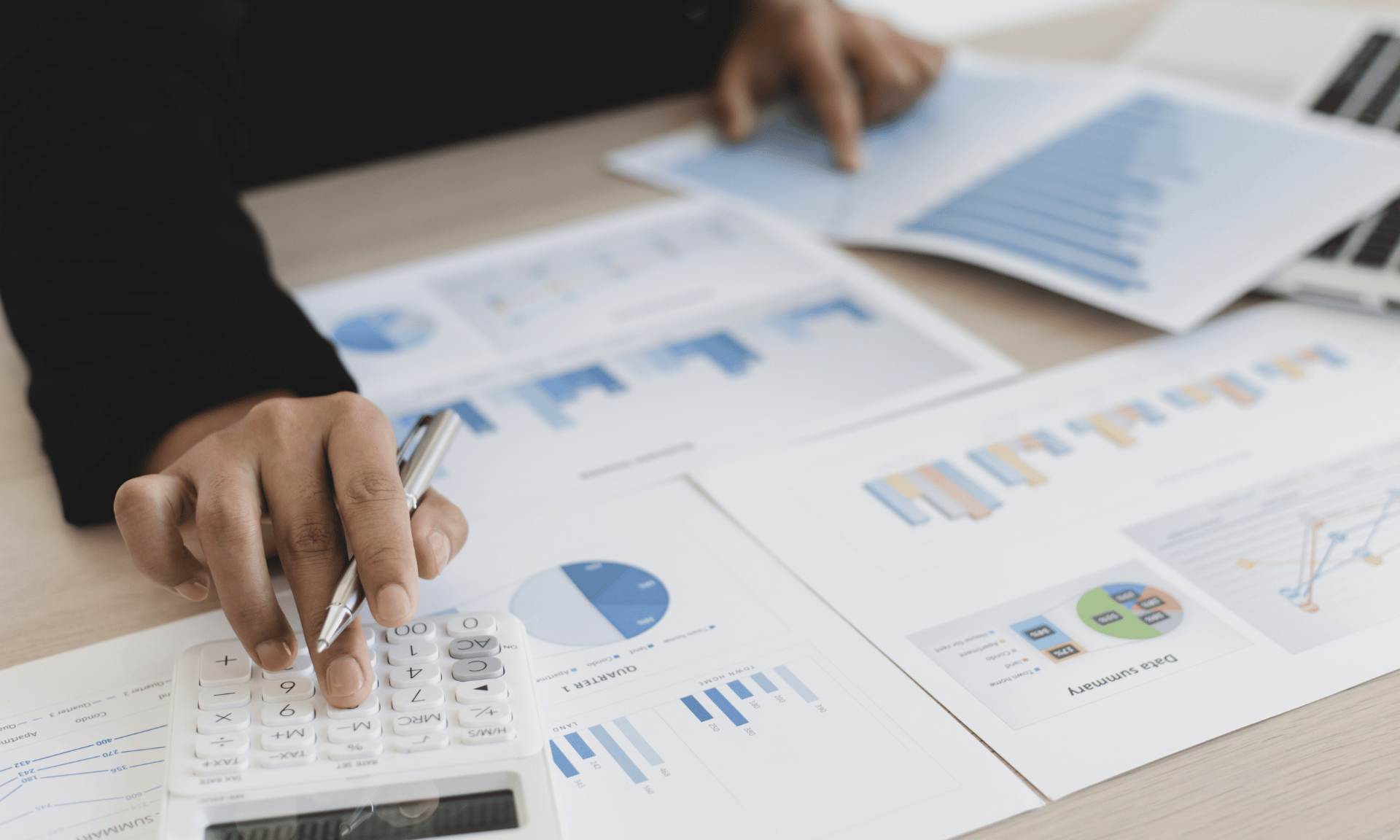Being in debt is uncomfortable for anyone. There is an urge to pay down the debts as soon as possible; however, depending on your circumstances, there may be better courses of action.
Many individuals struggle with the decision to pay down debts and save on interest expense or to save the cash to build an emergency fund. What are the considerations?
Importance of Paying Down Debts
High-interest debts like credit cards and personal loans are generally categorized as those “bad debts” that no one wants to keep around. If you have these debts, paying them down as soon as possible will save you a mountain of interest over time.
The interest rate on credit cards and personal debts is generally substantially higher than the return on investment (ROI) you obtain from a savings account, money market, or other investment. So, it generally makes sense to use the cash to pay down debt rather than put the funds into a savings account.
Importance of an Emergency Fund
An emergency fund is a cash reserve set aside for unexpected expenses such as medical emergencies, house repairs, car repairs, or other significant expenditures. The emergency fund also provides a cash reserve for regular household expenditures if you lose your job and no longer have a steady income.
Financial advisors typically recommend saving 3-6 months of living expenses in an emergency fund. Those living expenses should include both your fixed and variable living costs. Consult your household budget to determine how much money you’ll need in the emergency fund.
This emergency fund can prevent you from relying on credit cards or other loans to finance these unexpected events.
When To Prioritize Contributions to the Emergency Fund
Conventional wisdom suggests you should always pay down debts first, particularly the “bad debts” with high interest rates. However, if you have no savings for the emergency fund, set aside some cash to build that reserve first.
If you have no savings, building a small emergency fund to get started is generally wise, even if it’s only $500, which helps cover minor emergencies and other unexpected expenses. You must remember that not every expense can be placed on a credit card. In some cases, you will need some cash.
Hybrid Approach to Paying Debt and Building Emergency Fund
If you have high-interest debt, it often makes sense to prioritize paying it down quickly. One strategy is to do both simultaneously.
You could allocate some of your budget to building a small emergency fund while using the rest to pay down high-interest debt. Once you have a small emergency fund, you can shift your focus back to paying debts.
For example, suppose John Doe is employed full-time, and his monthly take-home net pay is $4,000. John’s fixed and variable monthly costs total $3,200, which leaves him with $800 remaining. John has $8,000 in credit card debt, and his monthly minimum payment is $100.
John has only $200 in his savings account for an emergency fund. John could use the entire $800 to pay down his credit card or allocate the $800 between the emergency fund and the credit card. He aims to build up the emergency fund to at least $500.
John decides to allocate his $800 of cash remaining as follows:
- $100 minimum payment to the credit card
- $300 transfer to emergency fund
- $400 additional payment to the credit card
By using this strategy, John increased his emergency fund to his target of $500, and made an additional payment to reduce his outstanding credit card balance.
Conclusion
Building a small emergency fund of $500 to $1,000 is often recommended before paying revolving debts. Finding a balance that aligns with your financial situation and comfort level is critical to making the best decision.


